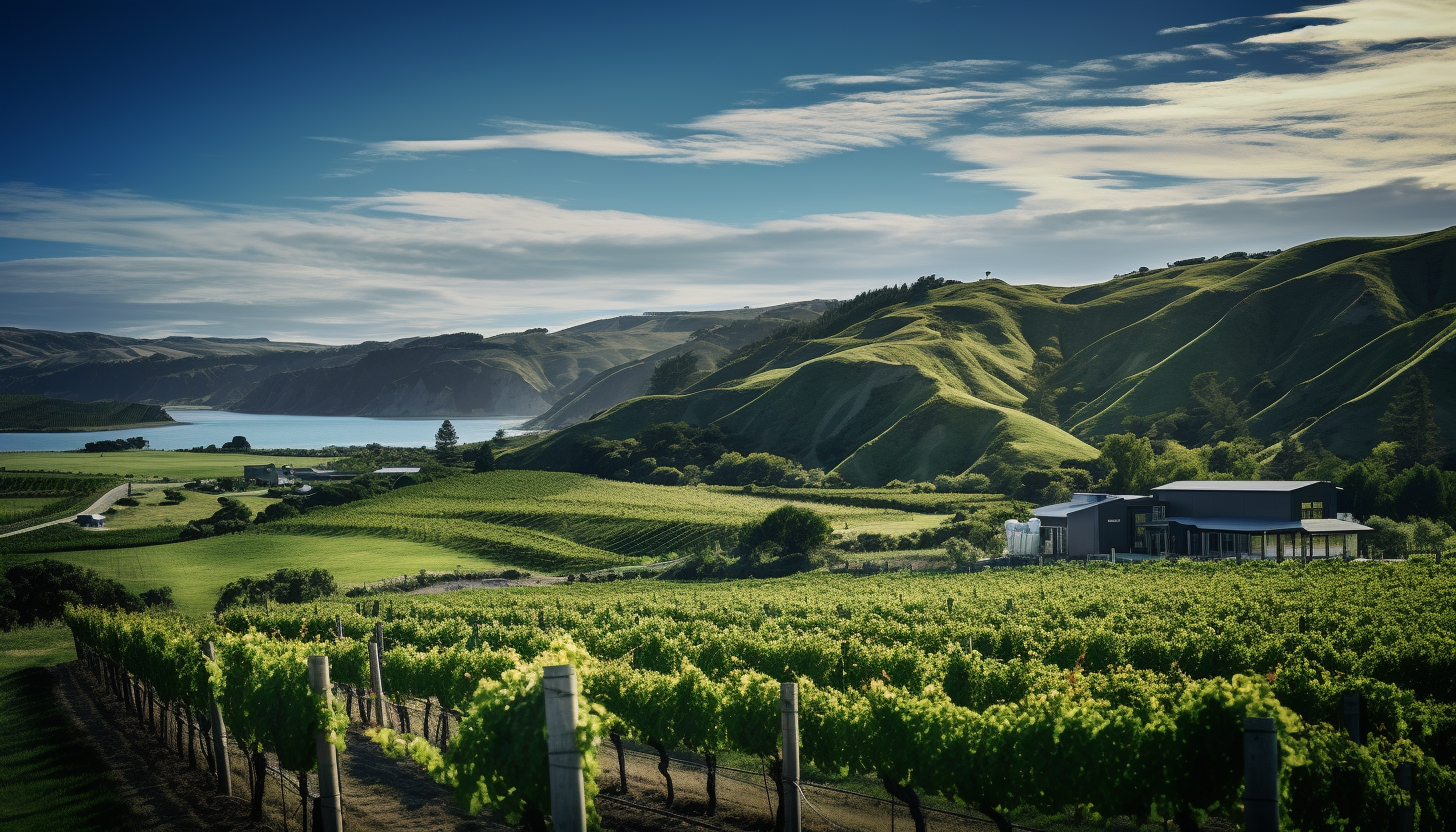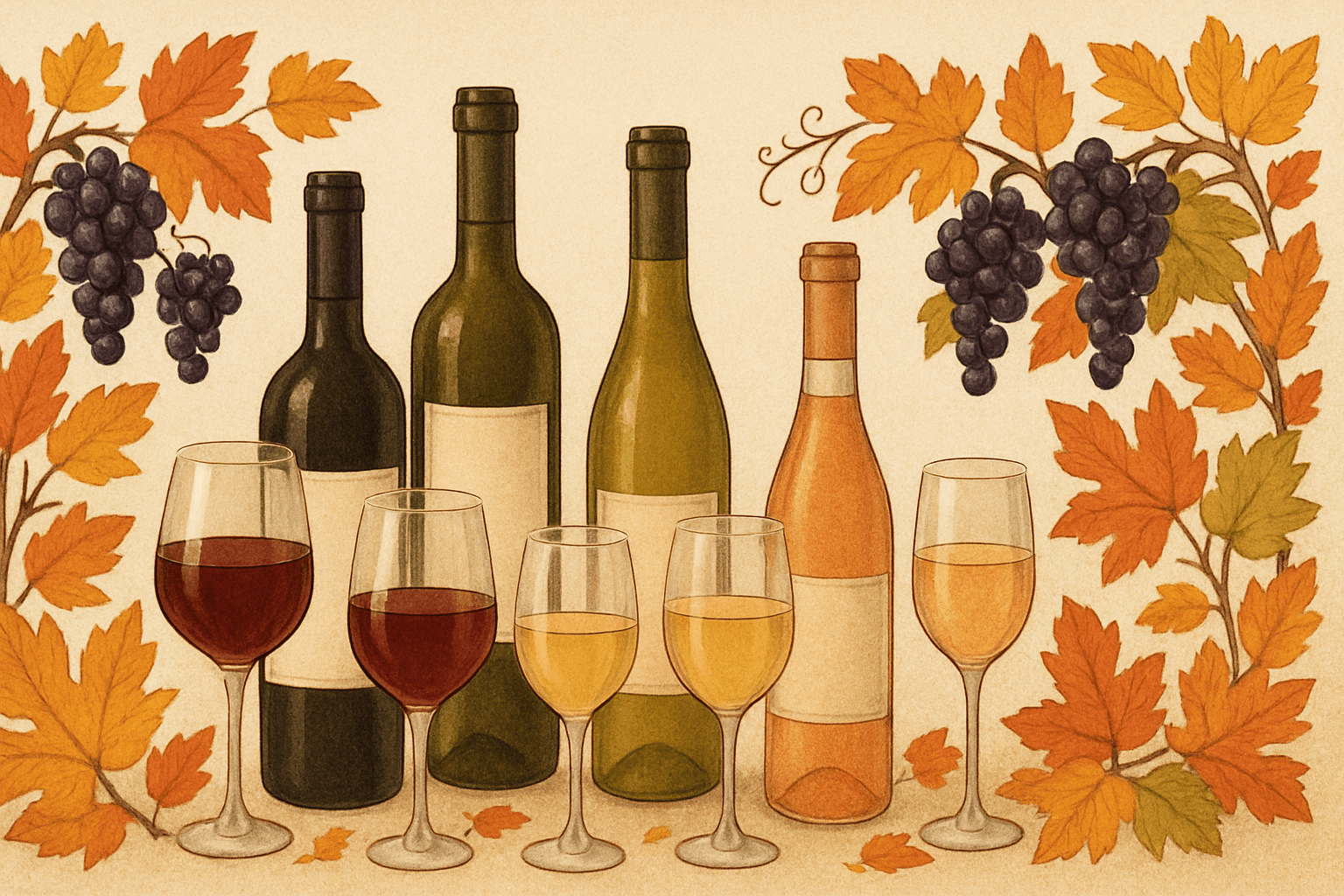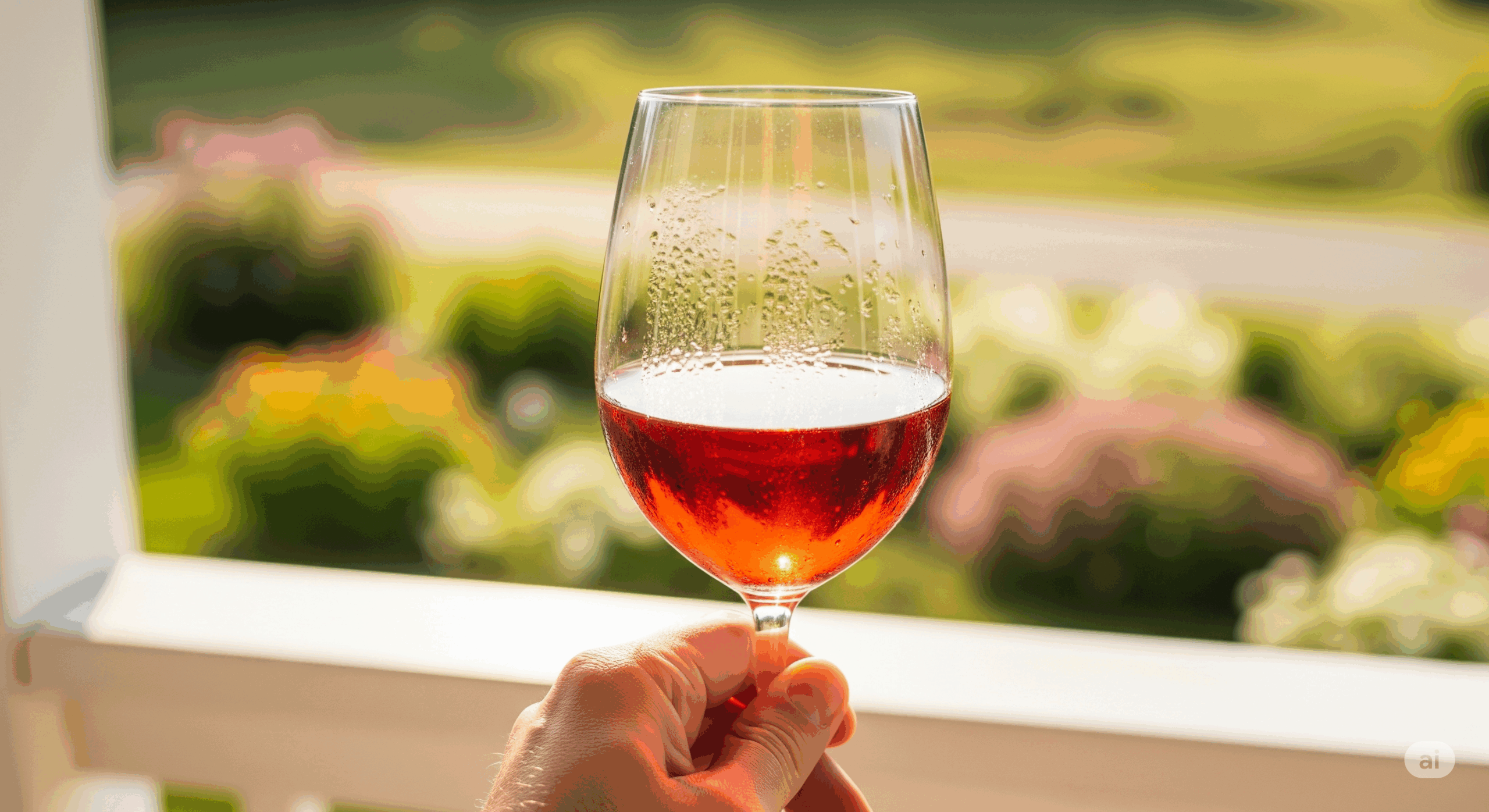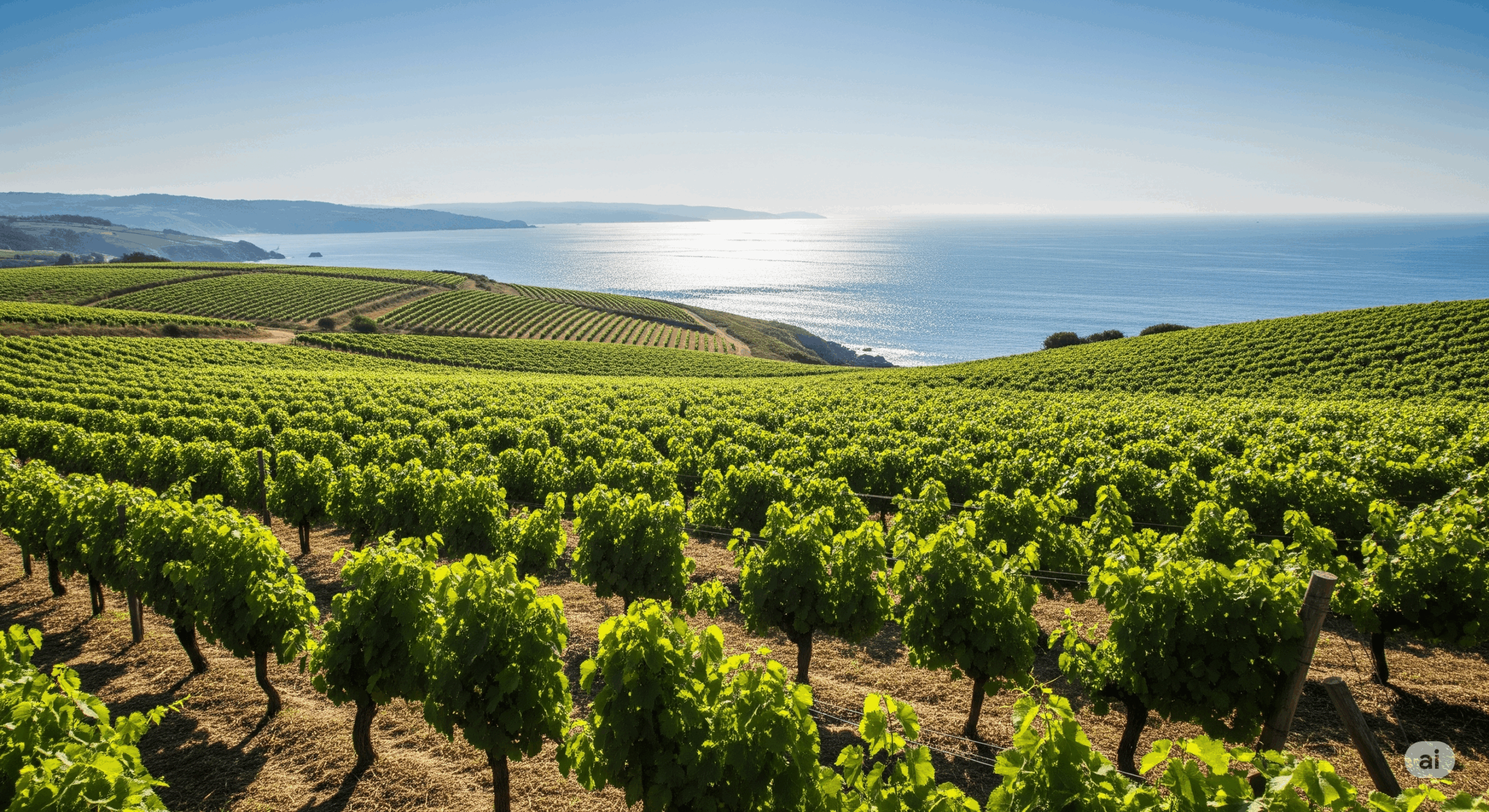After comparing French and American Pinots last week, we continue our comparative journey today with Sauvignon Blanc.
From the rolling hillsides of France to the expansive landscapes of New Zealand, Sauvignon Blanc is a varietal that dons the character of the region like a second skin. How does French Sauvignon Blanc, with its profound historic roots, stack up against its globally celebrated New Zealand counterpart?
The French Forerunner: Sauvignon Blanc in Loire and Bordeaux
Historically, the heartland of Sauvignon Blanc has been France, specifically the Loire Valley and Bordeaux. This is where the varietal has perennially demonstrated its incredible depth and range of flavors.
In the Loire Valley, two sub-regions have garnered a reputation for crafting exceptional Sauvignon Blancs – Sancerre and Pouilly-Fumé. Sancerre wines, such as those of Domaine Vacheron, have a characteristic minerality with high acidity and nuanced notes of citrus and green fruit. Pouilly-Fumé, like the exemplary offerings from Domaine Masson-Blondelet, adds a unique smoky, flinty edge to the grape’s bright profile.
In Bordeaux, Sauvignon Blanc is often blended with Sémillon to produce some of the world’s most revered white wines. Château Smith Haut Lafitte and Domaine de Chevalier produce beautifully complex Sauvignon Blanc blends, characterized by textured creaminess, balanced by taut acidity and flavors of citrus, green apple, and lanolin.
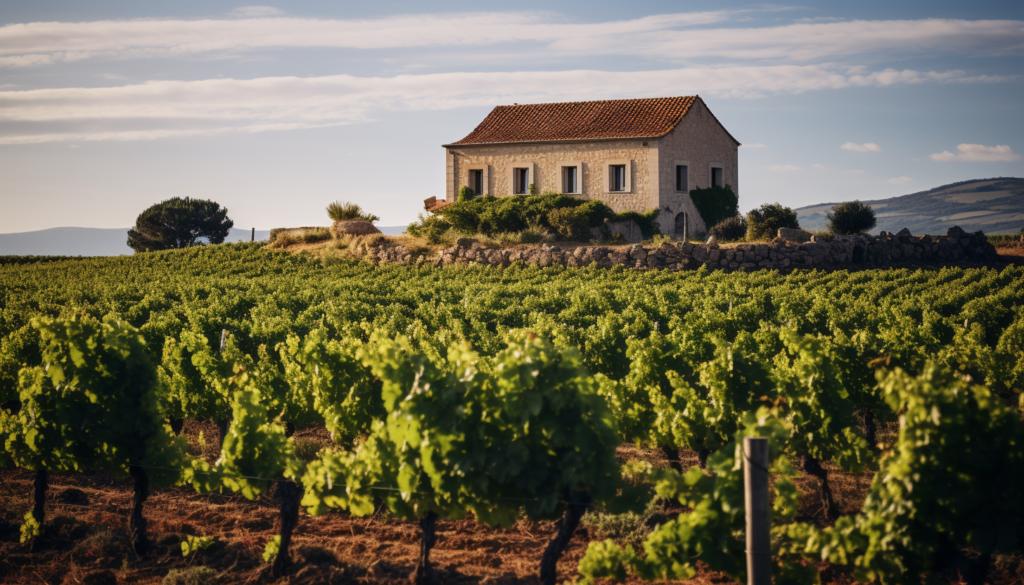
New Zealand’s New Wave: The Global Growth of Kiwi Sauvignon Blanc
For a country relatively new to the international wine stage, the ascent of New Zealand’s Sauvignon Blanc has been nothing short of meteoric. Its journey commenced merely from the 1970s in the wine region of Marlborough, located in the northeastern tip of South Island. In a span of five decades, New Zealand Sauvignon Blanc has surged from a regional novelty to a global wine powerhouse.
Marlborough, with its unique amalgamation of intense sunlight, cool nights, and mineral-rich soils, has created a distinctive style of Sauvignon Blanc. It’s characterized by a vivacious intensity and an unmistakable aromatic signature. Standout examples like the vibrant offerings from Cloudy Bay, or the well-regarded Dog Point Vineyard, distinctly echo this style. They introduce the palate to a riotous expression of passionfruit, asparagus, gooseberry, and sometimes even a hint of “cat’s pee on a gooseberry bush” — a whimsical descriptor unique to this varietal.
The colder region of Central Otago, known for successful Pinot Noirs, is bringing a fresh perspective to New Zealand’s Sauvignon Blanc. Producers such as Amisfield and Mount Edward Winery are crafting wines that lean more towards the herbal, mineral spectrum, displaying a multifaceted character without losing the varietal’s zest.
In the North Island, Martinborough and Hawke’s Bay are contributing intriguing interpretations of Sauvignon Blanc. Ata Rangi in Martinborough and Te Mata Estate in Hawke’s Bay, are incorporating oak and some aging on lees, adding richness and complex flavour layers.
New Zealand Sauvignon Blanc’s popularity is not without reason. Its exuberant fruit-forwardness complemented by bright acidity makes it highly refreshing and an ideal partner to diverse cuisines, from seafood to Thai.
France vs. New Zealand: The Sauvignon Blanc Showdown

Pitting French against New Zealand Sauvignon Blanc isn’t about one championing over the other; it’s about celebrating their unique regional expressions. French Sauvignon Blanc, especially from Loire Valley, boasts of subtlety, complexity, and unmistakable minerality. Those from Bordeaux, with their classic blends, offer a fascinatingly layered tasting experience, oozing sophistication and elegance.
Meanwhile, New Zealand’s Sauvignon Blanc is all about vibrancy and immediacy. It wears its riotous bouquet of tropical fruit, gooseberry, and bell pepper proudly on its sleeve. It took these wines little time to capture the imagination of the global wine market, offering an accessible and tremendously enjoyable Sauvignon Blanc style.
Ultimately, the decision between French and New Zealand Sauvignon Blanc comes down to personal preference, occasion, and food pairing. Both, with their respective characteristics, allow us the luxury to explore delightful dimensions of the dynamic Sauvignon Blanc grape, granting us the pleasure of a well-crafted wine that carries the essence of its origins in every sip.
Did you like this content? If you did, let us know and share it with your friends.
This page contains affiliate links. We receive a small compensation when you purchase through affiliate links. While clicking these links won’t cost you a cent, it will help us keep the lights on and buy more wine. To find out more, click here.

